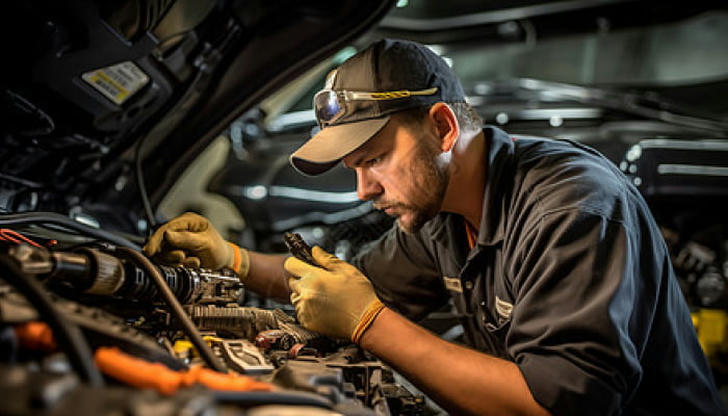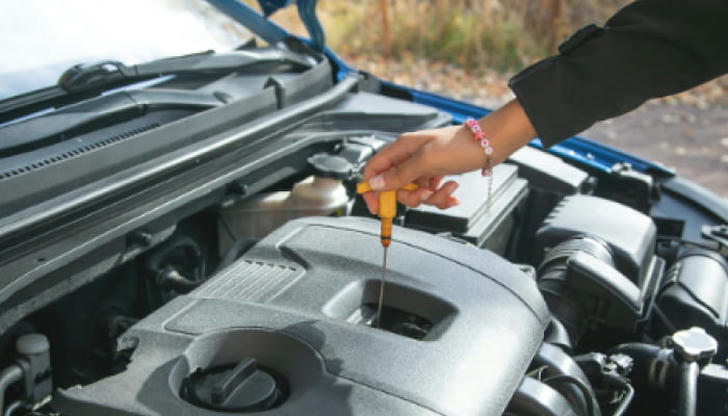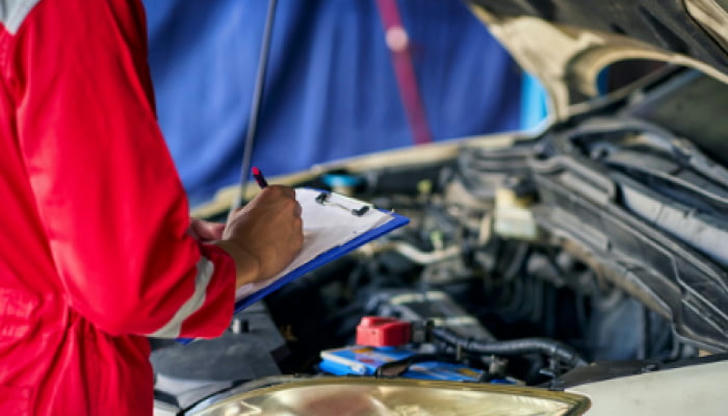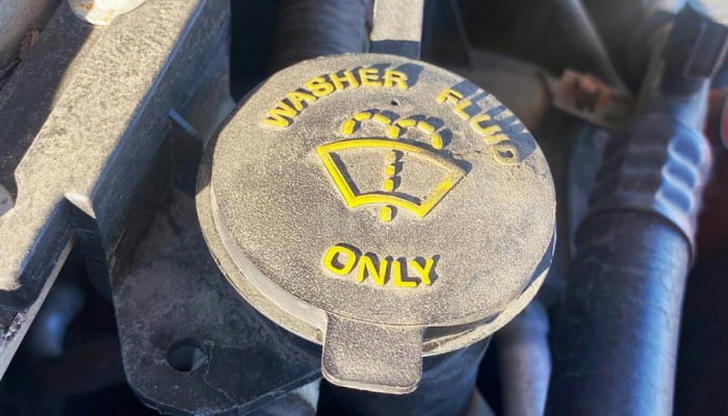Step-by-Step Guide to Car Fluid Level Checks for Preventative Maintenance

Car maintenance is essential for ensuring your vehicle's longevity and avoiding costly repairs. One of the most critical aspects of preventative maintenance is regularly checking the fluid levels in your car. Fluids are the lifeblood of your vehicle, keeping it running smoothly and efficiently. This guide will walk you through how to check various car fluids to ensure your vehicle stays in optimal condition.
Why Checking Car Fluids is Important
Regularly checking your car's fluids is crucial for keeping it in top shape. These fluids lubricate, cool, and protect various engine components. When levels are low or fluids become contaminated, it can cause parts to wear down faster or lead to breakdowns. Simple checks can prevent expensive repairs in the future and prolong the life of your car.
There are several types of fluids in your car that need attention. Here's a list of the key ones:
- Engine oil
- Transmission fluid
- Coolant (antifreeze)
- Brake fluid
- Power steering fluid
- Windshield washer fluid
1. Checking Engine Oil

Engine oil lubricates the engine, preventing overheating and reducing wear and tear on parts.
Steps to Check Engine Oil:
- Park your car on a level surface and turn off the engine. Wait a few minutes for the oil to settle.
- Open the hood and locate the oil dipstick, usually marked with a brightly colored handle.
- Remove the dipstick, wipe it clean with a cloth, and then reinsert it fully.
- Pull the dipstick out again and check the oil level. The dipstick will have markings for minimum and maximum levels. Ensure the oil level is within this range.
- Check the oil color. Fresh oil is amber-colored. If the oil is dark or gritty, it may be time for an oil change.
- If necessary, top off the oil with the type specified in your car's manual.
2. Transmission Fluid Check

Transmission fluid ensures the gears in your car shift smoothly. Both automatic and manual transmissions have specific fluid needs.
Steps to Check Transmission Fluid:
- Ensure your car is running and warmed up.
- Locate the transmission dipstick under the hood. It is usually marked and near the rear of the engine.
- Remove the dipstick, wipe it clean, and reinsert it.
- Pull the dipstick out again and check the fluid level. The dipstick will have markings for the correct level.
- The fluid should be bright red or pink. If it's dark or smells burnt, it's time to replace the fluid.
- If necessary, add transmission fluid through the dipstick tube, but be careful not to overfill it.
3. Coolant (Antifreeze) Check
Coolant helps regulate the engine's temperature and prevents it from overheating.
Steps to Check Coolant:
- Make sure the engine is completely cool before checking the coolant to avoid burns.
- Locate the coolant reservoir, usually a translucent plastic container near the radiator.
- Check the fluid level by looking at the markings on the side of the reservoir. It should be between the "low" and "full" lines.
- If the level is low, add coolant mixed with water (according to your car's specifications) into the reservoir.
- Avoid overfilling the reservoir and always use the type of coolant recommended by your car's manufacturer.
4. Brake Fluid Check
Brake fluid transfers force into pressure, helping your car stop when you press the brake pedal.
Steps to Check Brake Fluid:
- Locate the brake fluid reservoir under the hood, typically on the driver's side near the back.
- The reservoir will likely be transparent, so you can check the fluid level without removing the cap.
- Ensure the fluid level is between the "min" and "max" marks.
- If the brake fluid is low, add more fluid according to your vehicle's specifications.
- If the fluid appears dark or dirty, it's time to have it changed by a professional.
5. Power Steering Fluid Check
Power steering fluid helps make it easier to steer your vehicle. Without enough fluid, turning the wheel can become difficult.
Steps to Check Power Steering Fluid:
- Locate the power steering fluid reservoir, often found on the passenger side near the engine.
- If the reservoir is transparent, simply check the level by looking at the markings.
- If it's not transparent, remove the cap and use the dipstick attached to it to check the fluid level.
- If the level is low, add power steering fluid according to the manufacturer's guidelines.
6. Windshield Washer Fluid Check

Although not crucial to the functioning of your car, keeping the windshield washer fluid topped up ensures you can keep your windshield clean for better visibility.
Steps to Check Windshield Washer Fluid:
- Locate the windshield washer fluid reservoir under the hood. It usually has a cap with a windshield icon.
- Open the cap and check the fluid level. Most reservoirs are transparent, making it easy to see the level.
- If the level is low, simply add more washer fluid. You can use a pre-mixed solution or a concentrate diluted with water.
Tips for Fluid Maintenance
- Check your car fluids monthly. This will help you catch any potential issues before they become bigger problems.
- Always use the recommended type of fluid for your car. Consult your owner's manual for specifications.
- If you notice any leaks or a significant drop in fluid levels, take your car to a professional mechanic to inspect for underlying issues.
- Don't neglect fluid quality. If any fluid appears dirty or discolored, have it replaced, even if the level is adequate.
Signs Your Car Fluid Levels Are Low
- Difficulty steering may indicate low power steering fluid.
- Unusual noises from your engine could be a sign of low engine oil.
- Squeaky or unresponsive brakes might point to low brake fluid levels.
- Overheating is a common symptom of low coolant.
Conclusion
Regularly checking and maintaining your car's fluid levels is one of the simplest yet most effective ways to ensure your vehicle's longevity and performance. By following this step-by-step guide, you can easily perform these checks at home and address potential issues before they escalate. Preventative maintenance like this not only saves you money on costly repairs but also helps you stay safe on the road.
